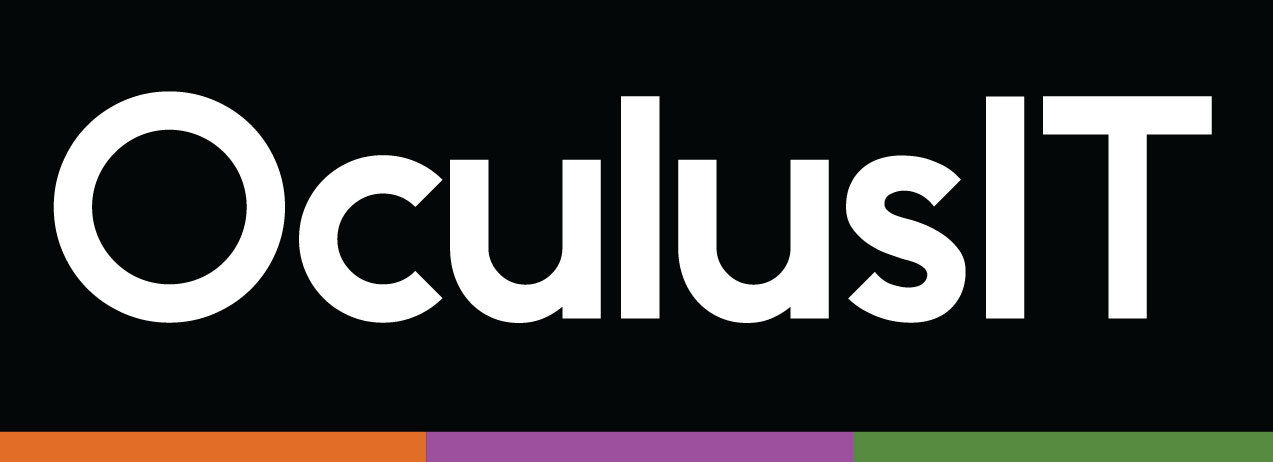IT Shared Services – Top 5 reasons why campuses should collaborate on common IT needs

While ‘sharing’ is one of the foremost values taught to us as students, higher education institutions are yet to concur to sharing IT services. The idea of shared technology services is still an uncharted territory for most colleges and universities in the US. According to SSON Analytics, only about 3% out of 2369 campuses have welcomed this positive change.
While some decision makers in higher education may be hesitant due to initial challenges of moving to a shared services model, the benefits are irrefutable. Colleges with limited resources and tight budgets can benefit the most out of IT shared services and deliver quality support and tackle more with less.
Let’s look at some of the advantages of bolstering a shared services model at a higher education institution:
- Cost Savings
Shared services have a huge potential to eliminate the costs of maintaining separate systems and hiring staff for various departments through a central ECM system. ECM is not only cost-effective, but it greatly unburdens your organization from hefty everyday manual paperwork.
- Streamlined Document Sharing
Sharing critical documents manually with different departments may not be the best way of sharing confidential information. A network-based shared services model streamlines the process of submitting reports, sharing data and receive shared support for all services.
- Backoffice Efficiency
The tendency of saving all critical data on paper is not only unsafe but inefficient and time consuming. Shared services improve your overall campus efficiency by reducing paperwork and improving accessibility. Without a doubt, this is most welcomed by campus faculty and IT staff.
- Business Continuity & Disaster Recovery
Data is the most critical asset for any organization managing and safeguarding thousands of customer records. Colleges and universities deal with student and staff records every day, and any compromise on data protection is unacceptable. The shared services model comes with disaster readiness and business continuity planning so that all your data is secured during disasters and emergencies.
- Compliance Requirements
Data privacy and risk mitigation have been the most critical concerns in 2019. Privacy regulations like GLBA and GDPR have mandated colleges and universities on how to safeguard student and staff data. With a shared services model, it is easier to meet the legal requirements for data security and compliance.
IT shared services have an enormous potential for colleges and universities to successfully implement strategies, automating and streamlining everyday tasks, improving student support, data analytics and talent management. It’s high time that campuses start moving their documentation and operation processes from silos to central management, and Shared Services for Higher Education is the easiest way forward.
Joe Redwine
President
OculusIT
About the Author
Joseph Redwine is the President at OculusIT. He has over 30 years of senior executive experience in the higher education sector. Joe entered the higher education services industry because of his passion to serve and support the mission of higher education and its service to students. Joe also has a record of service to the nation. He has served as the CIO for the Florida Air National Guard and as the strategic advisor for continuous improvement of its command, control, communications, and intelligence capabilities. Joe honorably retired as a Lieutenant Colonel from the United States Air Force and Air National Guard.
Next

